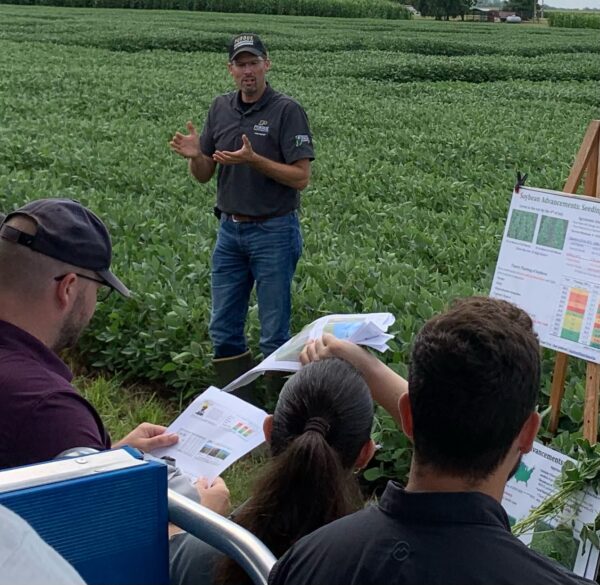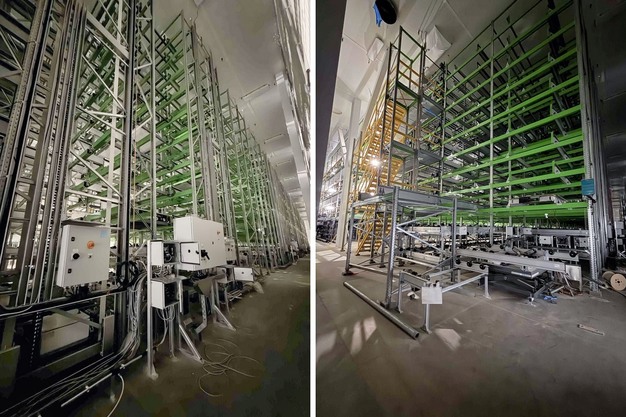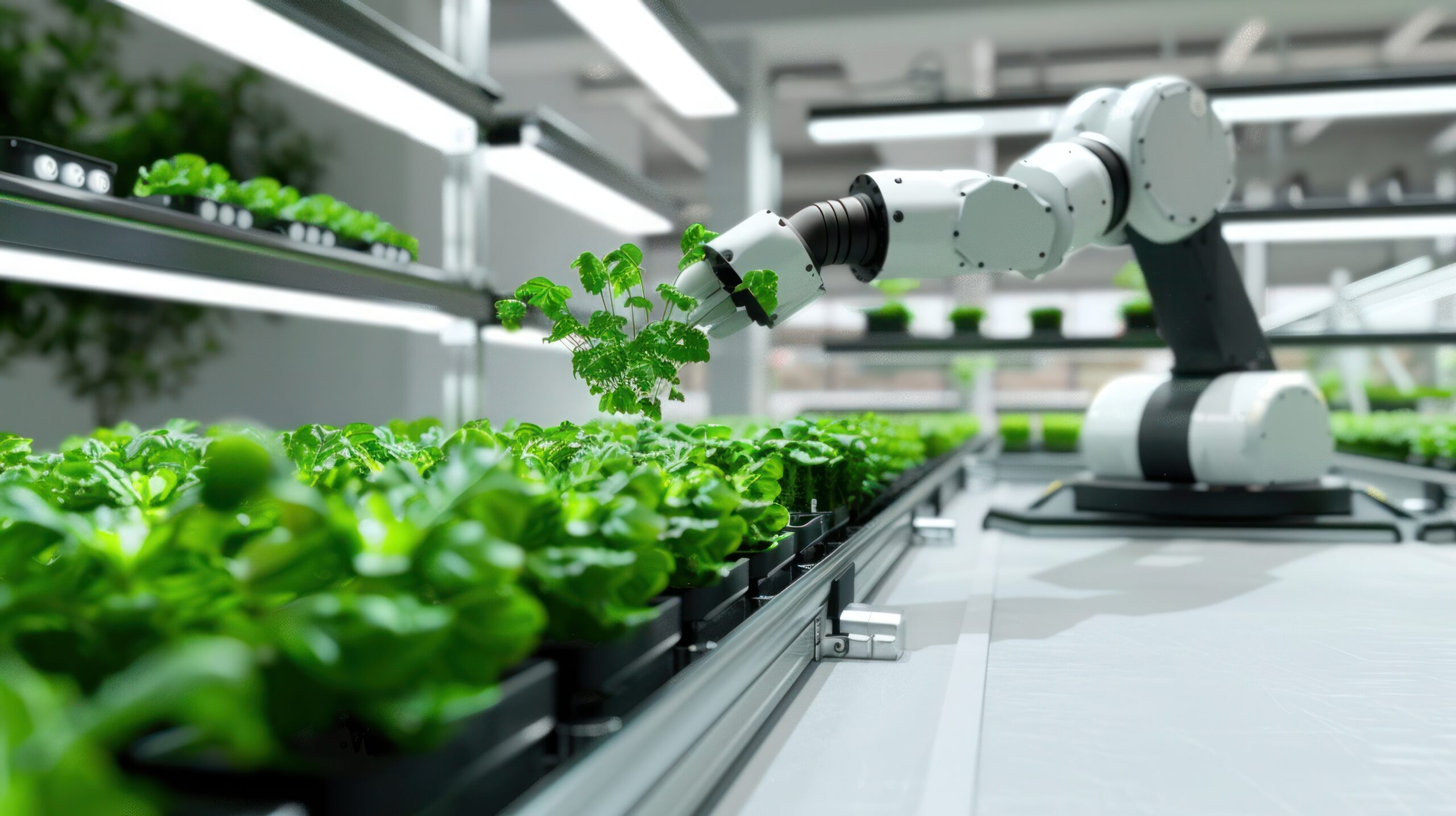MSU provides cover crop guidance – Brownfield Ag News

Report on Michigan State University’s Guidance for Cover Crop Implementation in Alignment with Sustainable Development Goals
A report from Michigan State University (MSU) provides critical guidance for agricultural producers on the implementation of cover crops following wheat harvests. These recommendations offer a practical framework for advancing several United Nations Sustainable Development Goals (SDGs) through enhanced agricultural practices.
Advancing SDG 2 (Zero Hunger) and SDG 15 (Life on Land) through Enhanced Soil Health
The research underscores that strategic cover crop implementation is fundamental to building resilient and sustainable food production systems. By improving soil health, these practices directly contribute to the targets of SDG 2 (Zero Hunger) and SDG 15 (Life on Land).
- Biodiversity and Soil Restoration: According to MSU researcher Brook Wilke, increasing the diversity of plant species in fields accelerates the improvement of soil health. This directly supports SDG 15.3, which aims to combat desertification and restore degraded land and soil.
- Sustainable Food Production: Healthier, more resilient soils enhance agricultural productivity and help maintain ecosystems, which is a core component of SDG 2.4, focused on ensuring sustainable food production systems.
Strategic Recommendations for Cover Crop Management
MSU has outlined several key considerations for farmers to maximize the benefits of cover crops, aligning agricultural efficiency with environmental stewardship goals, particularly SDG 12 (Responsible Consumption and Production) and SDG 13 (Climate Action).
- Select a High-Biomass Base: A sorghum-sudangrass mix is recommended as a base. This mixture can yield up to five tons of biomass per acre, which is highly effective for sequestering atmospheric carbon and contributing to SDG 13 (Climate Action).
- Optimize Nutrient Inputs: The addition of nitrogen is advised to build biomass effectively. This promotes efficient nutrient cycling within the agricultural system, a key principle of sustainable production under SDG 12.
- Adjust Seeding Rates: Full seeding rates are not necessary. Farmers can reduce rates by 25 to 50 percent and still achieve a decent cover. This practice conserves resources and reduces operational costs, reflecting the efficient resource use promoted by SDG 12.
- Consider Planting Windows: For later-season planting, cereal grains are identified as the most suitable cover crop option, ensuring continuous soil cover to prevent erosion and nutrient loss, thereby protecting terrestrial ecosystems as per SDG 15.
Conclusion: Integrating Agricultural Practices with Global Sustainability Targets
The guidance provided by Michigan State University Extension offers farmers actionable strategies to enhance their operations while contributing significantly to global sustainability objectives. The adoption of these cover crop techniques represents a direct pathway for the agricultural sector to support SDG 2 (Zero Hunger), SDG 13 (Climate Action), and SDG 15 (Life on Land) by fostering healthier soils, sequestering carbon, and building more resilient food systems.
1. Which SDGs are addressed or connected to the issues highlighted in the article?
The article on cover crop guidance from Michigan State University (MSU) primarily addresses two Sustainable Development Goals (SDGs):
-
SDG 2: Zero Hunger
This goal aims to end hunger, achieve food security and improved nutrition, and promote sustainable agriculture. The article’s focus on sustainable agricultural practices through cover crops directly contributes to this goal. By improving soil health and building biomass, these practices support long-term agricultural productivity and resilience, which are essential for food security.
-
SDG 15: Life on Land
This goal is dedicated to protecting, restoring, and promoting the sustainable use of terrestrial ecosystems and halting land degradation. The article’s core message about using cover crops to “improve soil health” is a direct action towards combating land degradation. The researcher’s advice to add “more diversity in fields” also supports the maintenance of ecosystem health on agricultural lands.
2. What specific targets under those SDGs can be identified based on the article’s content?
Based on the article’s content, the following specific targets can be identified:
-
Target 2.4 (under SDG 2)
This target aims to “ensure sustainable food production systems and implement resilient agricultural practices that increase productivity and production… and that progressively improve land and soil quality.” The article directly supports this target by providing guidance on cover crops, which are a key resilient agricultural practice. The researcher, Brook Wilke, explicitly states that these methods “help to improve soil health,” aligning perfectly with the goal of improving land and soil quality for sustainable production.
-
Target 15.3 (under SDG 15)
This target seeks to “combat desertification, restore degraded land and soil… and strive to achieve a land degradation-neutral world.” The article’s recommendations are a practical application of this target. The use of cover crops like a sorghum-sudangrass mix to build biomass and improve soil structure is a method for restoring agricultural land and reversing degradation, contributing to overall soil health.
3. Are there any indicators mentioned or implied in the article that can be used to measure progress towards the identified targets?
Yes, the article mentions and implies several indicators that can be used to measure progress:
-
Indicator for Target 2.4 and 15.3: Adoption of Sustainable Agricultural Practices
The entire article serves as guidance for farmers to adopt cover cropping. The rate of adoption of these practices by farmers following wheat harvest would be a direct indicator of progress. The article mentions specific practices like planting sorghum-sudangrass mixes and using cereal grains later in the season.
-
Indicator for Target 2.4 and 15.3: Improvement in Soil Health and Biomass
Progress can be measured by tracking changes in soil quality. The article provides a specific, quantifiable example that can serve as a proxy indicator for soil productivity and health: the amount of biomass produced. Brook Wilke states, “we can get up to like five tons per acre of sorghum sudan growth after wheat.” This metric directly reflects the effectiveness of the cover crop in improving the land.
-
Indicator for Target 2.4 and 15.3: Increase in Agricultural Diversity
The researcher emphasizes that “adding more diversity in fields does help to improve soil health faster.” Therefore, measuring the increase in the variety of crops planted (including cover crops) in a given area can serve as an indicator of the implementation of more resilient and sustainable agricultural systems.
4. Table of SDGs, Targets, and Indicators
| SDGs | Targets | Indicators |
|---|---|---|
| SDG 2: Zero Hunger | Target 2.4: Ensure sustainable food production systems and implement resilient agricultural practices that increase productivity and progressively improve land and soil quality. |
|
| SDG 15: Life on Land | Target 15.3: Combat desertification, restore degraded land and soil, and strive to achieve a land degradation-neutral world. |
|
Source: brownfieldagnews.com

What is Your Reaction?
 Like
0
Like
0
 Dislike
0
Dislike
0
 Love
0
Love
0
 Funny
0
Funny
0
 Angry
0
Angry
0
 Sad
0
Sad
0
 Wow
0
Wow
0









































































